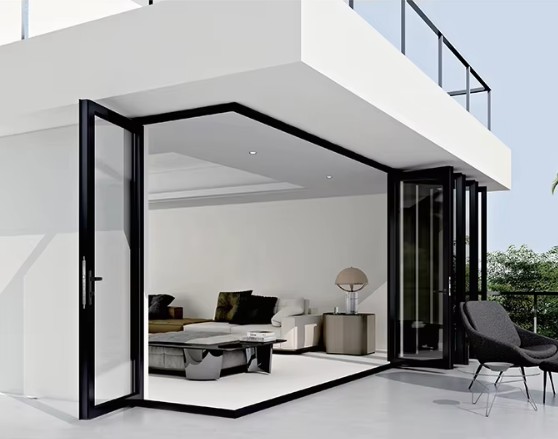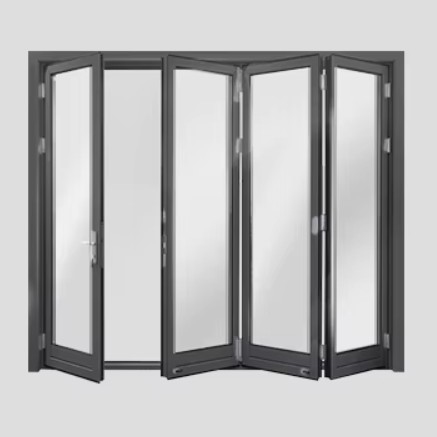When choosing aluminum doors, many people assume that thicker doors are inherently stronger and more wind-resistant, while others believe that as long as the material is good, a slight difference in thickness doesn't matter. In fact, there are indeed differences in wind resistance between aluminum doors of varying thicknesses, and these differences aren't random; they're directly related to the door's structural strength and load-bearing conditions. This difference in wind resistance is particularly pronounced in high-rise buildings, coastal areas, or locations with strong winds. Choosing the wrong thickness can lead to swaying, deformation, and even safety concerns on windy days.

First, it's important to understand that the thickness of aluminum doors primarily refers to the thickness of the door frame and door leaf profile. Common specifications include 1.2mm, 1.4mm, 1.6mm, and 1.8mm. Different thicknesses affect the profile's load-bearing and bending resistance. For example, a 1.2mm thick profile, due to its thinness, can bend slightly when wind strikes the door leaf. Stronger winds can cause gaps to form at the junction between the door frame and the leaf, or even cause the leaf to sway. However, a 1.6mm thick profile is different; it can withstand greater wind forces. Even in strong gusts, the door remains stable and resists deformation. The greater the thickness, the greater the profile's resistance to deformation, providing a stronger foundation for wind resistance.
However, thicker aluminum doors don't guarantee superior wind resistance. The overall structural design of the door must be considered. Even if the profile is thick enough, if the door frame's reinforcement is inadequate or the door leaf's support structure is too simple, the overall wind resistance will be compromised, even with a thick profile. Conversely, a thinner profile with multiple reinforcements in the door frame and a proper door leaf support structure may actually offer better wind resistance than a thicker but simpler door.

Different usage scenarios require aluminum doors to withstand varying wind pressures, so the thickness selection should be tailored to the specific situation. For installations on the balcony of a low-rise residential building, where there are surrounding buildings and low winds, a 1.4mm thickness will generally meet the requirements. There's no need to choose a 1.8mm thickness. Otherwise, the cost will increase, the weight will increase, and installation and opening and closing may be more difficult. However, for exterior doors installed in high-rise residential buildings, especially those above the 10th floor and exposed to the elements, winds are strong on a regular basis, and even stronger during typhoons. In these cases, it's recommended to choose a thickness of 1.6mm or higher, along with reinforced ribs, to ensure adequate wind resistance and prevent swaying and air leakage during strong winds. Furthermore, coastal areas are constantly affected by sea breezes, which can be stronger than inland areas. Salt in the air can also corrode the door. When choosing Aluminum Doors, you should not only choose thicker profiles, but also choose corrosion-resistant surface treatment technology, so that it can be wind-resistant and extend its service life.